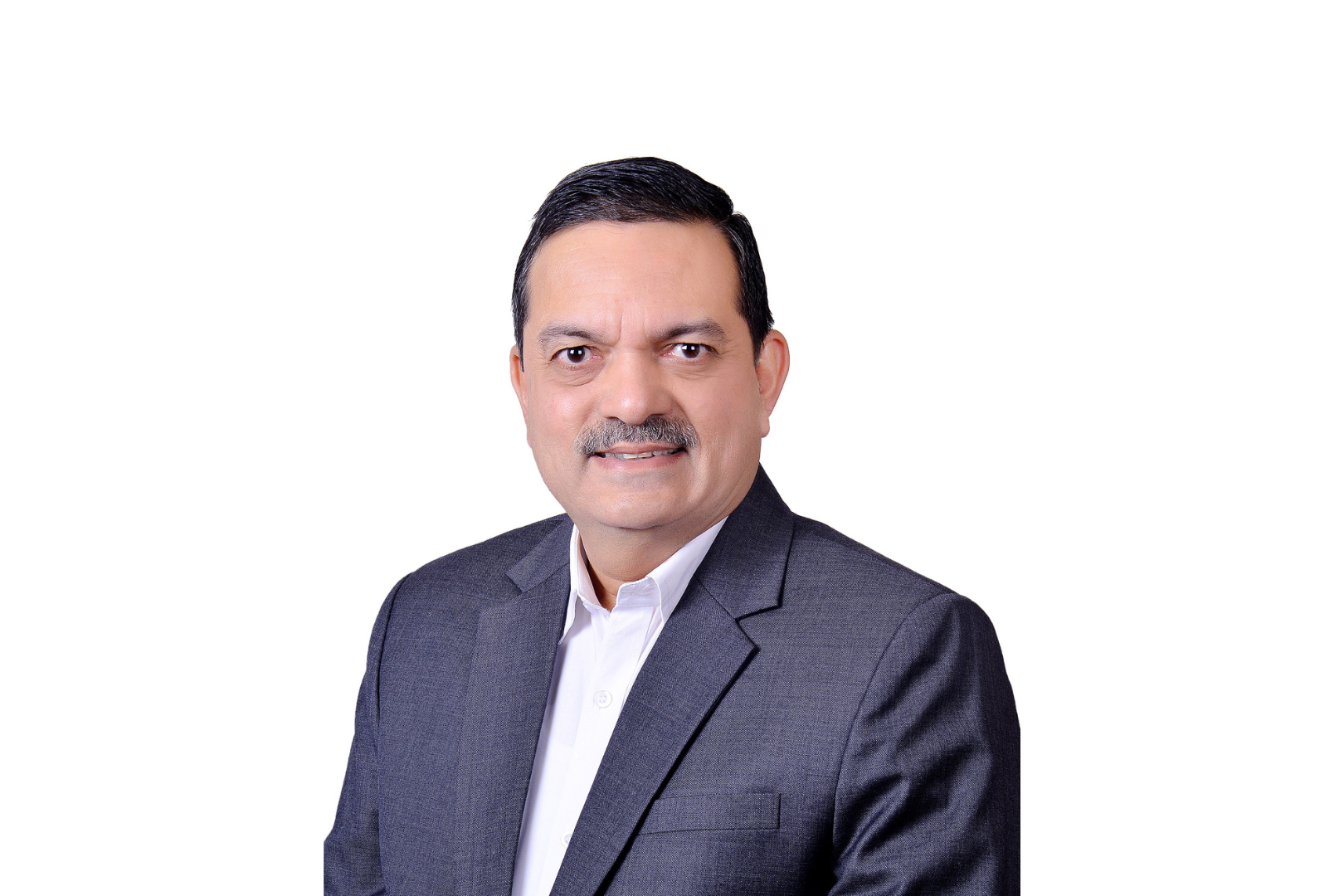We, at Motoring World, get into the unique challenges and innovative solutions Tata Motors faces while adapting Advanced Driver Assistance Systems (ADAS) for the complex and unpredictable conditions of Indian roads.
Motoring World: How difficult was it for Tata Motors to adapt ADAS for Indian conditions?
Mohan Savarkar: Adapting ADAS for Indian conditions was challenging due to the unique and unpredictable nature of Indian roads. Factors like poorly marked lanes, varied road users (e.g., pedestrians, cyclists, animals), and erratic traffic patterns posed significant hurdles. ADAS systems:, which rely on well-structured environments in advanced countries, had to be significantly modified to function effectively in India.
MW: Can you elaborate on some specific challenges faced with ADAS in India?
MS: Sure, for example, identifying two-wheelers with passengers straddling and legs dangling, which can appear as pedestrians to ADAS, was a tough challenge. Indian roads often have unexpected obstacles like stationary cattle or cyclists, which we had to teach our ADAS to recognise and respond to accurately. Constant learning and adaptation are key as our fleet gathers more data from Indian roads.
MW: What steps has Tata Motors taken to ensure ADAS effectiveness in India?
MS: We’ve enhanced our ADAS to recognise a wider array of objects typical to Indian roads. This includes things like cattle, pedestrians in unexpected areas, and diverse vehicle types. Our success lies in continually updating our system to handle these unique challenges.
MW: With the onset of AI, how is Tata Motors integrating it with ADAS?
MS: Current AI, especially generative models like ChatGPT, aren’t yet suitable for real-time decision-making needed for ADAS. These decisions require immediate processing and reaction, which must be handled by onboard systems. AI advancements may change this in the future, but for now, ADAS remains reliant on real-time, on-board processing.
MW: Can you share a personal experience or challenge your team faced with ADAS development?
MS: One memorable challenge was ensuring our system could identify two-wheelers with passengers’ legs down, which confused the ADAS into thinking it was a pedestrian. This required significant innovation and testing to resolve.
MW: How has your journey been at Tata Motors?
MS: Remaining an engineer has been central to my journey. I’ve worked across seven or eight departments, which has given me a comprehensive understanding of our operations. This diverse experience is crucial in my role as Chief Product Officer, where seamless integration across functions is vital for product success.
MW: What car from the Tata Motors fleet are you currently driving, and what features do you like?
MS: I drive a Safari. Its road presence and the 360-degree view camera, which enhances navigation in tight spaces, are standout features for me. The camera’s automatic display on the centre screen during turns is particularly useful.
MW: Any advice for aspiring engineers interested in autonomous driving or becoming a product head?
MS: Never forget your engineering roots. Engineering drives innovation and product development, which are fundamental to any business. Continuous learning is essential. Emulating the learning curves of pioneers like Elon Musk can be very beneficial.
MW: Any recommendations for books, podcasts, or other media?
MS: I’d recommend ‘The Fountainhead’ by Ayn Rand and ‘The Secret’ by Rhonda Byrne. For continuous learning, I find LinkedIn very useful. Spending an hour daily on LinkedIn following key people keeps me updated with diverse and cutting-edge insights.

















